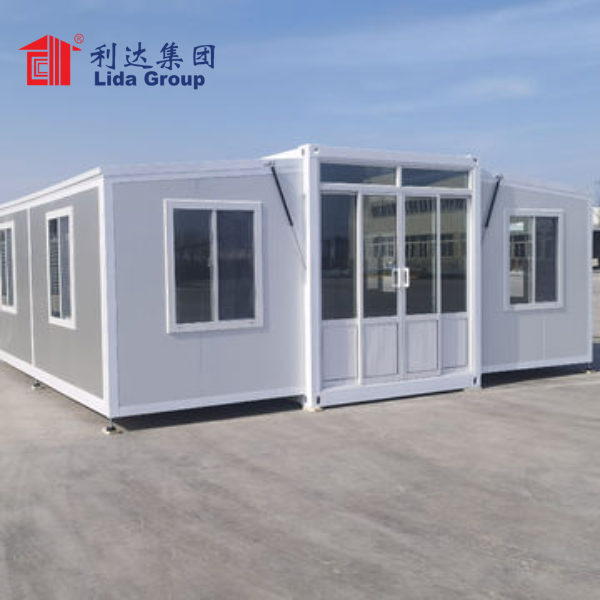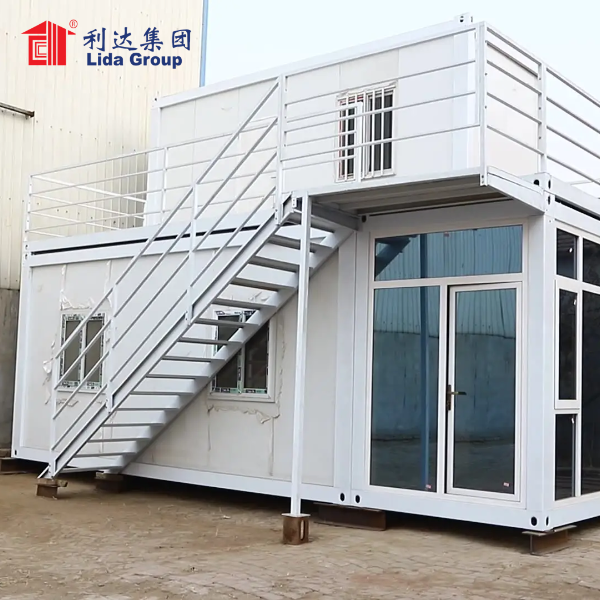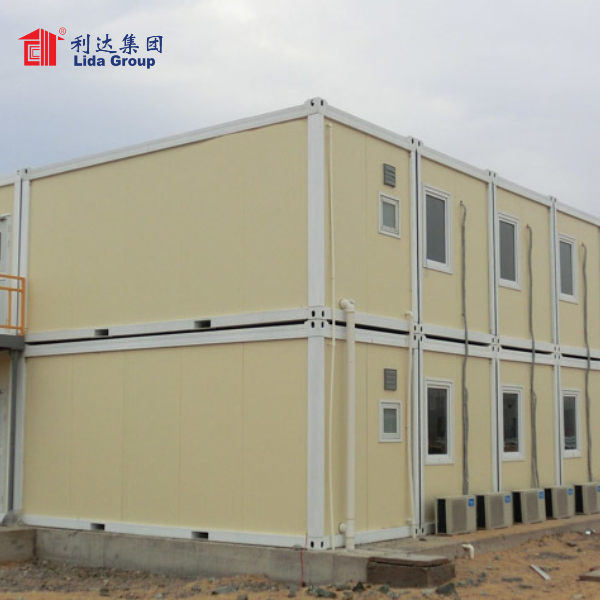Introduction:
In recent years, there has been a growing interest in alternative housing solutions that are not only sustainable but also innovative in design. Lida Group, a leading provider of modular housing solutions, has been at the forefront of redefining modern architecture with their container houses. These unique structures, constructed using repurposed shipping containers, offer a fresh perspective on residential design while promoting sustainability. This article explores Lida Group’s container houses, their distinctive features, and how they are reshaping the landscape of modern architecture.
- The Rise of Container Houses:
1.1 The Need for Innovative Housing Solutions:
As urbanization and population growth continue, the demand for affordable and sustainable housing solutions has become increasingly important. Traditional construction methods often fall short in meeting these needs, leading to a search for alternative approaches. Container houses have emerged as a viable solution, offering a combination of affordability, sustainability, and design flexibility.
1.2 The Appeal of Container Houses:
Container houses have captured the imagination of architects, designers, and homeowners alike due to their unique attributes. These structures provide a modern and minimalist aesthetic, allowing for creative design possibilities. Additionally, they offer the advantage of being modular, easily transported, and quick to assemble, making them suitable for various applications, including residential, commercial, and even hospitality projects.
- Lida Group’s Container Houses: Distinctive Features:
2.1 Repurposed Shipping Containers:
One of the key features of Lida Group’s container houses is the use of repurposed shipping containers. These containers, typically discarded after their useful life in transportation, are transformed into functional and stylish living spaces. By repurposing these containers, Lida Group reduces waste and promotes sustainable construction practices.
2.2 Design Flexibility:
Container houses offer remarkable design flexibility. The modular nature of the containers allows for easy customization and expansion. Containers can be stacked, arranged in various configurations, and combined to create unique living spaces that suit the specific needs and preferences of the homeowners. This design flexibility enables architects and designers to push the boundaries of traditional residential architecture.
2.3 Sustainable Construction Practices:
Lida Group’s container building are designed with sustainability in mind. The use of repurposed shipping containers reduces the demand for new construction materials and minimizes the carbon footprint associated with traditional building methods. Additionally, these structures can incorporate various eco-friendly features, such as energy-efficient insulation, solar panels, and rainwater harvesting systems, further enhancing their sustainability.
2.4 Versatile Applications:
Container houses are not limited to traditional residential use. Lida Group’s container houses can be adapted for a wide range of applications, including offices, studios, retail spaces, and even temporary shelters. The versatility of these structures makes them a viable solution for different needs, offering a cost-effective and sustainable alternative to conventional construction.
- The Impact of Lida Group’s Container Houses:
3.1 Pushing Boundaries of Modern Architecture:
Lida Group’s container houses are redefining the landscape of modern architecture. These structures challenge traditional notions of residential design and offer a fresh perspective on contemporary living spaces. The innovative use of repurposed shipping containers opens up new possibilities for architects and designers to explore creative solutions while promoting sustainable practices.
3.2 Promoting Sustainable Living:
Container houses contribute to sustainable living by utilizing repurposed materials and incorporating eco-friendly features. The emphasis on sustainability aligns with the growing awareness of environmental issues and the need to reduce the ecological impact of residential construction. Lida Group’s container houses serve as a catalyst for change, inspiring homeowners to embrace sustainable lifestyles.
3.3 Affordable Housing Solutions:
Container houses provide an affordable housing option, particularly in areas where housing costs are high. The use of repurposed containers as the primary building material significantly reduces construction costs, making homeownership more accessible to a wider population. This affordability aspect addresses the pressing issue of housing affordability and allows individuals and families to achieve their dream of owning a home.
3.4 Innovative Design and Customization:
Lida Group’s container houses offer homeowners the opportunity to express their individuality and personal style. The modular nature of these structures allows for easy customization, enabling homeowners to create unique living spaces that reflect their preferences. This customization aspect promotes a sense of ownership and fosters a deeper connection between residents and their homes.
- The Future of Container Houses:
4.1 Advancements in Technology and Design:
As container houses gain popularity, advancements in technology and design are expected to further enhance their appeal. Innovations in insulation, energy efficiency, and smart home technologies will contribute to creating more comfortable and sustainable living environments within these structures. Additionally, advancements in modular construction techniques will streamline the building process and offer even greater design flexibility.
4.2 Integration with Sustainable Infrastructure:
Container houses have the potential to integrate seamlessly with sustainable infrastructure systems. As cities and communities embrace renewable energy sources and smart grid technologies, container houses can be equipped with solar panels, energy storage systems, and energy-efficient appliances to contribute to a greener and more sustainable future.
4.3 Collaboration and Knowledge Sharing:
The growing interest in container houses has fostered collaboration among architects, designers, and construction professionals. Knowledge sharing and the exchange of best practices have become crucial in advancing the field of container house design and construction. Architects and designers are collaborating to develop innovative solutions, share design ideas, and address challenges associated with container-based construction. This collaborative approach will continue to drive the evolution of container houses and push the boundaries of modern architecture.
4.4 Changing Perceptions of Housing:
Container houses challenge traditional perceptions of housing and offer a fresh perspective on residential design. As more individuals and communities embrace these alternative housing solutions, the stigma associated with non-traditional construction methods is gradually fading. Container houses are becoming recognized as viable, sustainable, and aesthetically appealing options, contributing to a shift in the way people perceive and approach residential architecture.
Conclusion:
Lida Group‘s container houses are redefining modern architecture by offering innovative, sustainable, and customizable living spaces. These structures, constructed using repurposed shipping containers, promote sustainable construction practices, affordability, and design flexibility. As container houses gain popularity, they are reshaping the landscape of modern architecture, inspiring creativity, collaboration, and a greater emphasis on sustainability. With advancements in technology and design, container houses are poised to revolutionize the housing industry, providing a viable solution for affordable, sustainable, and stylish homes. Lida Group’s commitment to pushing the boundaries of container-based construction is paving the way for a future where innovative and sustainable housing is accessible to all.
Post time: Sep-26-2023



